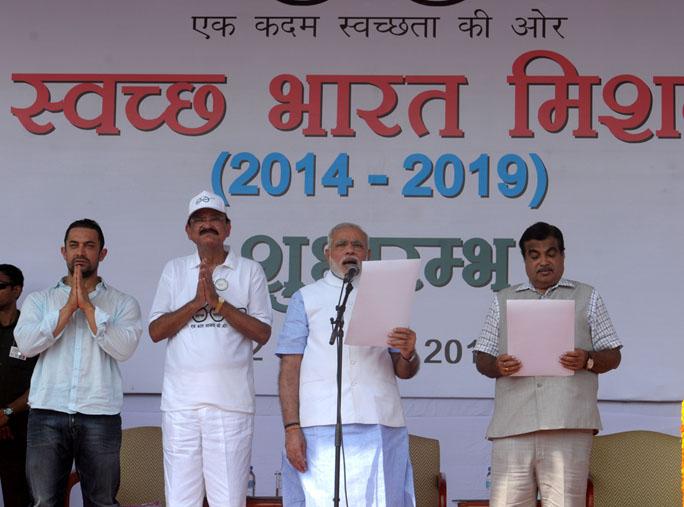Swachh Bharat in Chandigarh needs a reform

The Swachh Bharat Mission was launched in 2014 in order to keep the country clean. However, its effectiveness is being brought into question.
In Chandigarh, cleanliness is still a major problem, especially concerning the state of the latrines.
However, the union territory was officially declared as open defecation free, with 100% household toilet coverage. Unlike in many rural parts of India, where the main problem is tradition-based prejudice against using toilets, the problem in Chandigarh is the condition of the toilets themselves.
None of the slum sewage systems are connected to a water supply, and therefore, they must be cleaned manually. The Municipal Corporation (MC) of Chandigarh has appointed residents from within the colonies to maintain the toilets, and payments are made online. One person is made the leader of the group of workers, who distributes the money out to the other workers. In order to promote women’s empowerment, a woman is usually made the leader of the group.
The Shahpur Colony in Chandigarh is faced with two major problems: its shortage of water and the condition of its latrines. Children play with feces in the streets, and people have to hold their breath to use a latrine.
Although the MC claims to be in constant touch with the colony residents, paying them ₹15,000 for every twenty stands, the residents give a different report.
They say that each resident must pay ₹50 for the toilets, which adds up to about ₹6,000, but the residents have been refusing to pay for months now. Additionally, the lack of water causes clothes to become insect-infested, and adds to the cleanliness problem in the colony.
The Bhaskar Colony in Chandigarh is faced with a severe cleanliness problem. The entire slum is heavily crowded, filled with filth and stench. There are twenty independent latrine stalls each for men and women, but all of them have terrible hygiene.
The latrines become filled to the brim with faeces, and they are infested by rats. In order to use the cleaner Sulabh Shauchalya latrines, the residents must pay ₹2 per visit.
The cleanliness problems have led to epidemics of mosquito-borne diseases, such as malaria and dengue.
Considering the conditions of these two colonies, much needs to be done for the actions of the Swachh Bharat Mission to match up with its words.
Image Credit: M. Asokan / CC BY-SA 2.0, via Wikimedia Commons
Source: https://www.flickr.com/photos/narendramodiofficial/15280630868/
You may also like
Image Reference: https://commons.wikimedia.org/wiki/File:PM_Modi_launches_the_Swachh_Bharat_Abhiyaan_(1).jpg
Recent Posts
- Simple ways to prevent and manage allergies effectivelyAn allergy occurs when the immune system reacts strongly to harmless substances like pollen, dust, or certain foods.
- Smart way to finance your home interiors with a top-up loanA top-up loan on your existing home loan can be a practical financing option.
- Apply online for RRC NR Apprentice Recruitment 2025Applicants are strongly advised to regularly visit the official website.
- Simple ways to prevent and manage allergies effectively
What’s new at WeRIndia.com
WeRIndia – A News Aggregator
Visit werindia.com for all types of National | Business | World | Politics | Entertainment | Health related news and much more..










Leave a Reply